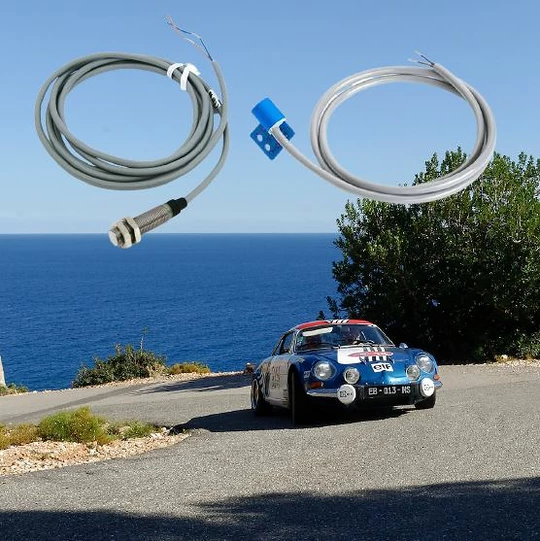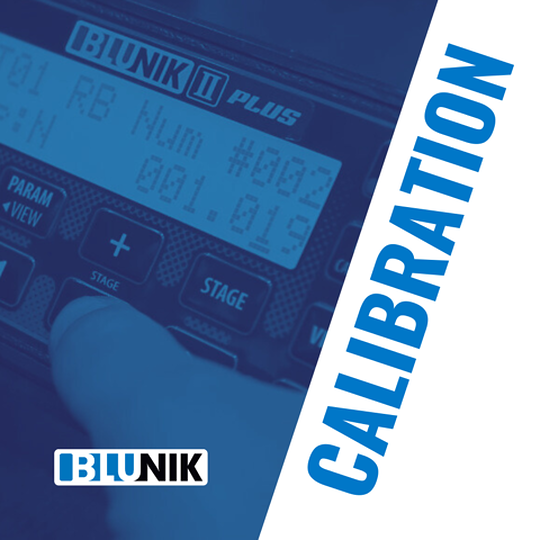In the "Support and Manuals" section there is a very visual manual where the main topics are covered. Here are some more explanations. I give you 2 links where you can get a pdf before reading this post.
Topic 1: How many sensors to use?
Sensors are detected by the probe at each turn of the wheel.
If you only put a sensor, you will get a rough error of 1.90 meter each time you will make a time trial race or a calibration course. If the course is long, almost nothing will occur, but if the course is short, it may affect the result. Merely, you have to know it.
In another way, don´t make the mistake to put ten sensors and like that reduce the problem. Doing that is an error because you modify the calibration parameter on decreasing the number of digits and this will affect directly the calibration accuracy.
Topic 2: Where to put the sensors?
This is the easy point. If you have a front-wheel traction, you have to put the sensors at the rear and if you have a rear-wheel traction, put them ahead. You can also do it in reverse, but you will have to pay much attention with skids; the algorithm Slow-Wheel corrects it, but the correction is far more accurate with the algorithm Fast-Wheel every time a wheel is lifting.
The effects of lifting the wheel may seem unsubstantial, but when you are one step away from the podium any detail counts.
If for whatever reason you have no choice but to put the probes on the drive wheels, then you can use the "SLOW-WHEEL" algorithm, but you should always be careful with skids.
Topic 3: Which sensor to install?
This is a bit more difficult point that you must assess inside the car with the mechanic.
There is not a large choice; there are only two options: the inductive sensor or the magnetic one.
With the first option, the inductive sensor and the probe must always be nearby. This can be a problem with old cars, or when you drive on a rough unpaved road that challenges all the mechanical parts of the car (wheels, steering system, etc.)
The Blunik magnetic sensor allows that probe and sensor can be more distant, therefore it makes the assembly easier. In another hand, the sensor must be a magnet in that case, which can be an advantage to put it onto the wheel, but the assembly can be more difficult on other vehicles.
You have more information on this topic in this post: Differences between sensors
Sensors are the basis of regularity. It´s no use driving at full throttle, if the sensors which measure distances work in fits and starts.
It is the end of our additional input. You have all the informations you need in the manuals, and if you have some more questions, feel free to contact us on our Facebook page or on info@blunik.com.




